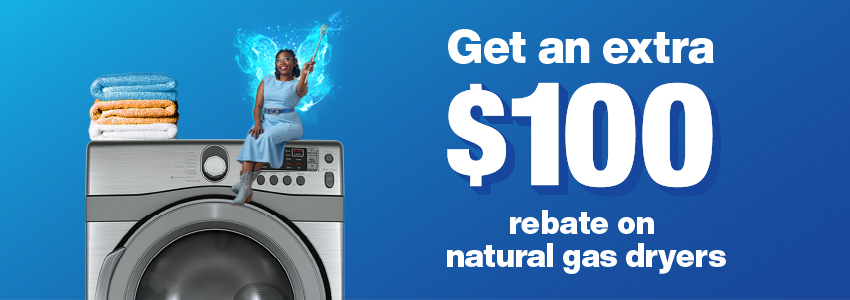As we near the one-year anniversary of Winter Storm Uri, here are 6 things related to how Oklahoma Natural Gas prepared for the storm and the proposed method that will help customers pay for the higher fuel costs which resulted from the severe weather event.
Was Oklahoma Natural Gas prepared to meet the surging demand and keep customers safe?
Yes, and the results of our efforts serve as evidence that we were prepared. For the entirety of the winter storm, we lost service to less than 500 of our 900,000 Oklahoma customers (and none of the outages lasted more than 24 hours). Even against the backdrop of unprecedented and severe, prolonged circumstances, we were able to keep gas flowing to more than 99.99% of customers.
Throughout the winter storm, our focus was to keep customers warm and minimize any outages across the state, which meant that the company had to secure additional supply at the pricing available during the winter storm due to the extremely high demand coupled with less supply.
Again, it’s important to point out that operationally speaking, our system performed as intended and reliably during the storm. Our priority was system reliability for residential, and all human needs customers. Specifically, we followed the Emergency Order issued during the winter storm and prioritized the delivery of natural gas to customers for life, health, and public safety; and to electric generation facilities that serve human needs customers.
As a reminder, we are a natural gas distribution company that supplies gas to residential, commercial and industrial customers. We don’t own any power plants.
Was it a last-minute decision to purchase fuel from the expensive spot market?
No. We have a multifaceted purchasing strategy that includes buying gas in the summer months, when prices are typically lower, and placing the gas in storage for winter usage. We also follow an approved Hedge Program that works like an insurance policy to help protect our customers from price hikes. Our supply portfolio is diversified and consists of a mix of storage gas, short-term, long-term and spot purchases.
However, the winter storm required us to exercise all gas supply options to meet demand. This included supplementing our supply with spot purchases as market gas daily index-based prices rose to unprecedented levels. Occasionally, it is necessary to make daily purchases at spot prices to cover unanticipated usage.
Through our gas supply storage efforts we were able to pull gas at an average cost of $3.49 per Dth, as opposed to buying those volumes on the spot market, which hit a high of nearly $1,200 per Dth. We estimate that the use of gas we had in storage saved customers $1.4 billion.
Most importantly, we put the safety of our customers and communities first. Because of our preparations in annual gas supply planning, we were able to mitigate costs during the winter storm by more than 50%.
Does Oklahoma Natural Gas set the price of gas it charges to customers?
No. We do not set or mark up the price of gas, nor do we profit from the cost of gas. What we pay is what you pay, and we always work to secure the lowest gas prices for our customers.
Why did the price of gas surge during the winter storm and who is responsible for the increase?
Simply put, natural gas is a commodity and prices are determined by the open market. During the February 2021 storm, the entire nation was faced with a significant increase in natural gas prices due to a spike in demand coupled with constraints in supply. The severe impact to supply due to the freeze-off of wellhead production and processing plants created a supply shortage unlike any other in the history of the company.
When there is a higher demand for natural gas, it typically results in higher prices. Demand can fluctuate because of factors including weather, economic conditions and petroleum prices. Supply can fluctuate due to natural gas production, net imports and storage inventory.
While Oklahoma Natural Gas and our customers worked together to prepare for the forecasted cold weather event, the February 2021 storm presented unusual and prolonged weather circumstances that pushed the demand for and price of natural gas to historically high levels.
What’s the benefit of securitization?
Without securitization, customers would have paid more than $1,000 extra on their April 2021 bills. The securitization approach will result in the cost being spread over a longer period of time, making it more manageable for our customers.
When did Oklahoma Natural Gas begin to inform customers of the higher bills that would result from the February Winter Storm?
Before and throughout the Winter Storm, we consistently let customers know that we were seeing much higher natural gas use and a significant increase in natural gas market prices. As evidenced by our social feeds and media appearances, we attended daily press conferences held by public officials to remind our customers what we were facing and what part they could play in reducing usage and conserving given the surge in prices.
Those multimedia opportunities gave us the opportunity to broadcast to the public that while we do not markup the price of natural gas, these events will have an impact on customer bills. This messaging was shared broadly across all our social media channels and with the media.
Have additional questions?
Let us know!





